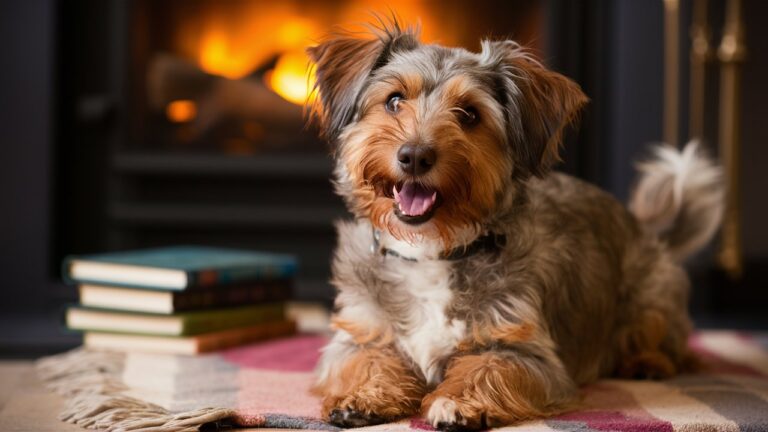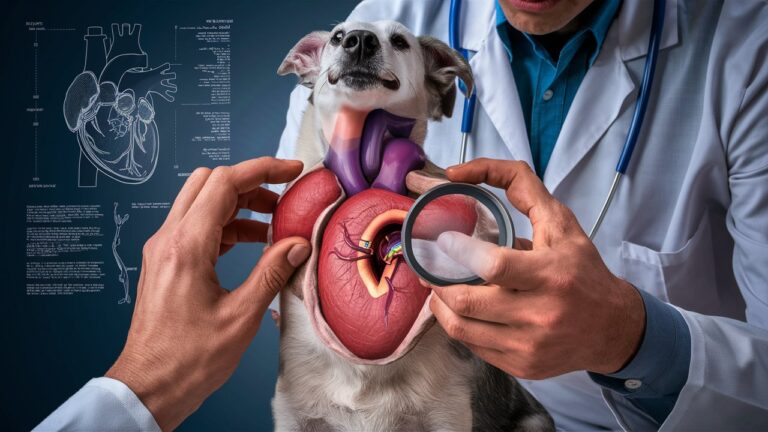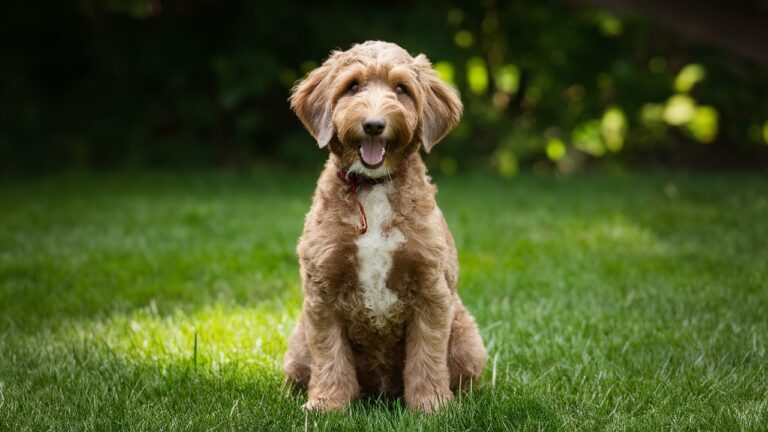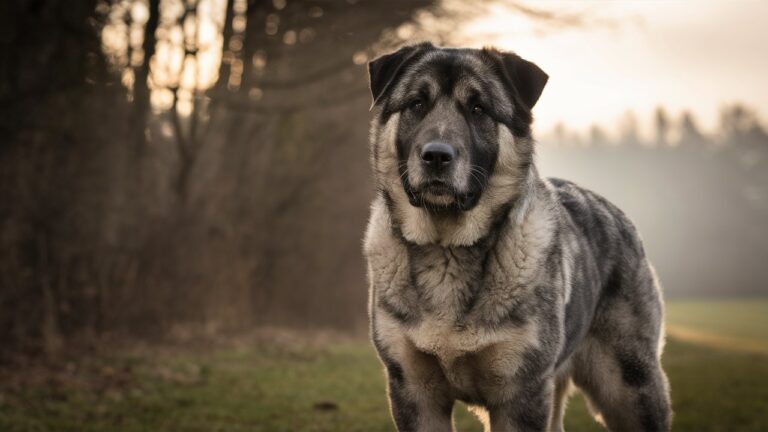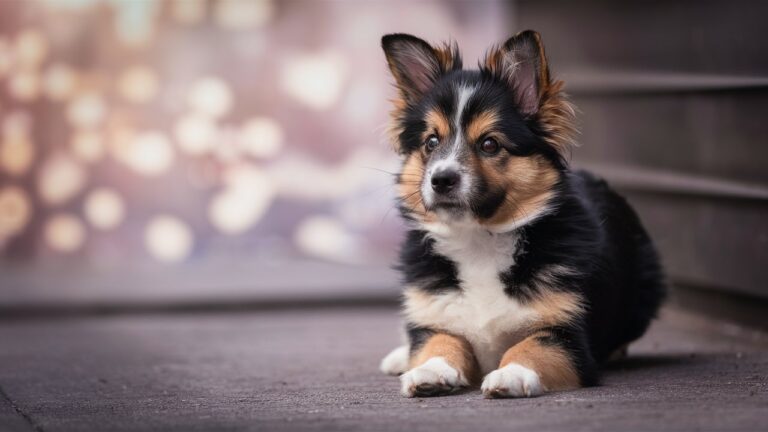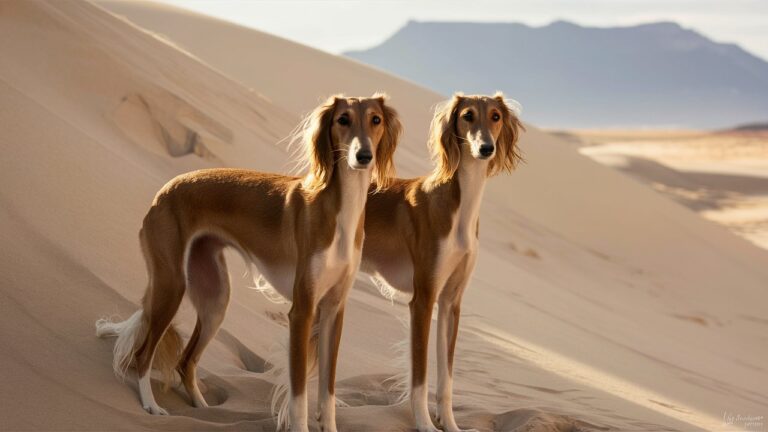Majestic Otterhound: 100% Comprehensive Guide
The world of dog breeds is vast and diverse, with each breed bringing its unique characteristics, history, and charm to the table. Among these, the Otterhound stands out as a remarkable and rare breed, capturing the interest of dog lovers with its distinctive features and fascinating background. Known for its shaggy coat, webbed feet, and keen sense of smell, the Otterhound is a breed that embodies both historical significance and modern-day appeal.
The Otterhound’s origins can be traced back to medieval England, where it was developed primarily for hunting otters. This specialized task required a dog with exceptional swimming abilities, a strong sense of smell, and great endurance. Dog this breed was the perfect solution, combining traits from various breeds to create a dog that excelled in tracking and catching otters. Over the centuries, the breed played a crucial role in protecting fish stocks in rivers and maintaining ecological balance.
Despite its once crucial role in hunting, the Otterhound’s numbers have dwindled over time, leading to its current status as one of the rarest dog breeds in the world. With only a few hundred individuals left globally, the Otterhound is a breed that requires dedicated efforts to preserve its lineage and ensure its survival. Organizations and breed enthusiasts are working tirelessly to promote the Otterhound, highlighting its unique qualities and encouraging responsible breeding practices.

In addition to its historical significance, the Otterhound is known for its endearing personality and charming appearance. This breed is characterized by its large size, rough double coat, and expressive eyes, which give it a distinctive and almost comical look. Otterhounds are friendly, outgoing, and affectionate, making them wonderful companions for families and individuals alike. Their playful nature and boundless energy make them particularly well-suited for active households that can provide ample exercise and mental stimulation.
However, owning an Otterhound is not without its challenges. Their independent streak and stubbornness can make training a bit more demanding, requiring patience, consistency, and a positive approach. Additionally, their high energy levels and need for regular physical activity mean that they thrive in environments where they can engage in outdoor activities and have access to ample space.
In this comprehensive guide, we will explore the Otterhound in detail, covering its history, physical characteristics, temperament, and care needs. Whether you’re a current Otterhound owner, considering adding one to your family, or simply curious about this rare breed, this article will provide valuable insights and information to help you better understand and appreciate the majestic Otterhound.
History of the Otterhound
The Otterhound’s history dates back to medieval England, where they were primarily used for hunting otters, a practice that was vital for protecting fish stocks in rivers. The breed is believed to have originated from a mix of Bloodhounds, Harriers, and other European hunting breeds. This combination resulted in a dog with an exceptional nose, great stamina, and a water-resistant coat, making it perfectly suited for tracking otters.
Hunting otters was a popular sport among the British aristocracy, and the Otterhound’s skills were highly valued. However, with the decline of otter hunting and the implementation of wildlife protection laws in the 20th century, the breed’s numbers dwindled. Today, the Otterhound is considered one of the rarest dog breeds in the world, with only a few hundred individuals remaining globally.
Physical Characteristics
The Otterhound is a large, strong, and robust dog, typically weighing between 80 to 115 pounds and standing 24 to 27 inches tall at the shoulder. They have a distinctive appearance characterized by their rough, shaggy double coat, which provides protection against harsh weather and cold water. The coat comes in various colors, including black and tan, grizzle, and wheaten.
One of these breeds most striking features is its large, webbed feet, which make it an excellent swimmer. Their long, droopy ears and soulful eyes give them a charming, almost comical expression that is hard to resist. Grooming an Otterhound requires regular brushing to prevent matting and occasional trimming to keep their coat manageable.
Temperament and Personality
Dog these breeds are known for their friendly and outgoing nature. They are generally good-natured, affectionate, and enjoy the company of humans and other dogs. Their playful and energetic demeanor makes them great companions for active families. However, due to their hunting background, they can be quite independent and stubborn, which can pose challenges during training.
Despite their large size, Otterhounds are gentle and patient, making them suitable for families with children. They are also known for their vocal nature, often expressing themselves with a range of sounds, from deep barks to melodic howls. This can be endearing to some, but it’s something to consider if you live in a noise-sensitive environment.
Training and Exercise Needs
Training an Otterhound requires patience, consistency, and positive reinforcement. They are intelligent dogs, but their independent streak can make them somewhat challenging to train. Early socialization and obedience training are crucial to ensure they grow into well-behaved adults.
Otterhounds have high energy levels and require regular exercise to keep them happy and healthy. They enjoy outdoor activities such as hiking, swimming, and, of course, tracking scents. Providing them with opportunities for physical and mental stimulation is essential to prevent boredom and destructive behaviors.
Health and Lifespan
The Otterhound is generally a healthy breed, but like all dogs, they can be prone to certain health conditions. Some of the common health issues seen in Otterhounds include hip dysplasia, elbow dysplasia, and gastric dilatation-volvulus (bloat). Regular veterinary check-ups, a balanced diet, and proper exercise can help mitigate these risks.
The average lifespan of an Otterhound is around 10 to 13 years. To ensure your Otterhound lives a long and healthy life, it’s important to provide them with a nutritious diet, regular exercise, and routine health care.
Feeding and Nutrition
Dog these breeds require a high-quality diet that meets their nutritional needs. A balanced diet consisting of protein, healthy fats, and essential vitamins and minerals is crucial for their overall health and well-being. Portion control is important, as Otterhounds can be prone to obesity if overfed.
Feeding your dog twice a day, rather than leaving food out all the time, can help maintain a healthy weight and prevent bloat. Always provide fresh water and consult your veterinarian for specific dietary recommendations based on your dog’s age, weight, and activity level.
Adopting an Otterhound

Adopting an Otterhound can be a rewarding experience, but it’s important to approach the process with careful consideration and preparation. This section will cover various aspects of adoption, from understanding the breed’s suitability to finding reputable breeders or rescue organizations, ensuring you make an informed decision.
Assessing Your Lifestyle and Compatibility
Before deciding to adopt an Otterhound, it’s crucial to evaluate whether this breed aligns with your lifestyle and living situation. Here are some factors to consider:
- Activity Level: Otterhounds are energetic and require regular exercise. If you lead an active lifestyle and enjoy outdoor activities, an Otterhound could be a great fit. They thrive in homes with access to yards or nearby parks where they can run and play.
- Space Requirements: Due to their size and energy, Otterhounds need ample space to move around. A home with a fenced yard is ideal. Apartment living may be challenging unless you are committed to providing sufficient exercise.
- Time Commitment: Otterhounds need plenty of attention and interaction. Consider whether you have the time to dedicate to training, exercise, and companionship. They do not do well when left alone for extended periods.
- Family Dynamics: Otterhounds are generally good with children and other pets, but supervision is recommended, especially with small children due to the dog’s size and exuberance.
Finding a Reputable Breeder
If you decide to adopt an Otterhound puppy from a breeder, it’s essential to find a reputable and responsible breeder who prioritizes the health and well-being of their dogs. Here are some steps to guide you:
- Research: Start by researching breeders through breed clubs, online forums, and recommendations from other Otterhound owners. The Otterhound Club of America (OHCA) is a good resource for finding reputable breeders.
- Visit the Breeder: Once you’ve identified potential breeders, arrange visits to their facilities. Observe the conditions in which the puppies and adult dogs are kept. A reputable breeder will have clean, well-maintained premises and will allow you to meet the puppies’ parents.
- Ask Questions: Inquire about the breeder’s experience, breeding practices, and health testing. Reputable breeders will provide health clearances for the puppies’ parents, ensuring they are free from common genetic disorders.
- Health and Socialization: Ensure that the puppies receive early socialization and are exposed to various environments, people, and other animals. This helps in developing well-rounded, confident dogs.
- Contracts and Guarantees: A responsible breeder will provide a written contract outlining the terms of sale, health guarantees, and return policies. Read the contract carefully and clarify any doubts before committing.
Considering Rescue Organizations
Adopting an Otterhound from a rescue organization is a wonderful way to provide a loving home to a dog in need. Here’s how to go about it:
- Research Rescues: Look for dog this breed-specific rescue groups or general dog rescue organizations that might have Otterhounds available for adoption. The OHCA also has a rescue and adoption committee that can assist in finding Otterhounds in need of homes.
- Application Process: Most rescues have an application process to ensure a good match between the dog and the adopter. Be prepared to provide information about your lifestyle, experience with dogs, and why you want to adopt an Otterhound.
- Home Visit: Some rescues may conduct a home visit to ensure your living environment is suitable for an Otterhound. This helps verify that you have a safe and secure space for the dog.
- Adoption Fees: Expect to pay an adoption fee, which helps cover the costs of veterinary care, vaccinations, and other expenses incurred by the rescue organization. The fee is usually lower than the cost of purchasing a puppy from a breeder.
- Meet and Greet: Arrange to meet the dog this breed you are interested in adopting. Spend time interacting with the dog to assess their temperament and compatibility with your family and other pets.
Preparing for Your Otterhound’s Arrival
Once you’ve decided to adopt dog this breed, it’s time to prepare for their arrival. Here are some tips to ensure a smooth transition:
- Gather Supplies: Make sure you have all the necessary supplies, including a crate, bedding, food and water bowls, high-quality dog food, grooming tools, toys, and a leash and collar.
- Create a Safe Space: Set up a designated area in your home where your Otterhound can feel safe and comfortable. This could be a crate or a cozy corner with a bed and some toys.
- Schedule a Vet Visit: Arrange a visit to the veterinarian soon after bringing your Otterhound home. This will ensure they are healthy and up-to-date on vaccinations and other preventive care.
- Establish a Routine: Dogs thrive on routine, so establish a consistent schedule for feeding, exercise, and potty breaks. This will help your Otterhound adjust to their new home more quickly.
- Training and Socialization: Start training and socialization early. Enroll in a positive reinforcement-based training class to help your Otterhound learn basic commands and manners. Socialize them with various people, animals, and environments to build their confidence and reduce the risk of behavioral issues.
Supporting Your Otterhound’s Well-being

Caring for this dog breed involves ongoing attention to their physical and emotional needs. Here are some tips to keep your Otterhound happy and healthy:
- Regular Exercise: this dog breed need plenty of physical activity to burn off their energy. Daily walks, playtime, and opportunities for swimming or hiking are essential to keep them fit and content.
- Mental Stimulation: Provide mental stimulation through interactive toys, puzzle feeders, and scent-tracking games. Mental challenges help prevent boredom and keep your Otterhound’s mind sharp.
- Grooming: Regular grooming is necessary to maintain your Otterhound’s coat and overall health. Brush their coat several times a week to prevent matting, and check their ears regularly for signs of infection. Bathing should be done as needed, depending on their activity level and coat condition.
- Health Care: Schedule regular veterinary check-ups to monitor your Otterhound’s health. Stay up-to-date on vaccinations, flea and tick prevention, and dental care. Be vigilant for any signs of health issues and seek prompt veterinary attention if needed.
- Diet and Nutrition: Feed your dog a balanced diet that meets their nutritional needs. Consult your veterinarian for recommendations on the best food and portion sizes for your dog. Avoid feeding table scraps or foods that are toxic to dogs.
Personal Stories: Adopting an Otterhound
Hearing from others who have adopted this do breed can provide valuable insights and inspiration. Here are a few personal stories from Otterhound adopters:
- Karen’s Experience: “When we decided to adopt a dog, we wanted a breed that was unique and had a good temperament. We found our dog, Toby, through a rescue organization. Toby has been a joy to have in our home. He’s full of energy and loves to play with our kids. The rescue process was thorough, and we appreciated the support we received from the organization in making the right match.”
- Michael’s Journey: “Adopting dog this breed was one of the best decisions we made. Our dog, Luna, came from a breeder who was very knowledgeable and supportive. Luna is a gentle giant who enjoys swimming and exploring the outdoors. The breeder provided us with all the information we needed to care for her, and she quickly became a beloved member of our family.”
- Sophia’s Story: “We were looking for a dog that could keep up with our active lifestyle, and the Otterhound was a perfect choice. We adopted Max from a rescue, and he’s been a fantastic companion. Max loves hiking with us and has a wonderful, friendly nature. The adoption process was smooth, and the rescue organization was very helpful in answering all our questions.”
Personal Anecdotes and Stories

To give you a better understanding of what it’s like to live with an Otterhound, here are some stories from Otterhound owners:
- John’s Story: “I adopted Max, dog this breed, two years ago from a rescue organization. Max is full of energy and loves to swim in the lake near our home. His playful nature and goofy antics always bring a smile to my face. Training him was a bit challenging, but with patience and consistency, he’s become a well-behaved and loyal companion.”
- Emily’s Story: “Our family decided to get an this dog breed after researching various breeds. We were drawn to their friendly and loving personality. Bella, our Otterhound, is great with our kids and enjoys playing fetch in the backyard. Her expressive eyes and funny howls make her a beloved member of our family.”
Conclusion
The Otterhound is a unique and fascinating breed with a rich history and a lovable personality. While they may require a bit more effort in terms of training and exercise, the rewards of owning these dog breeds are immense. Their friendly nature, distinctive appearance, and playful demeanor make them wonderful companions for the right family. If you’re considering adding dog this breed to your household, be prepared for a loyal, loving, and entertaining friend for life.

